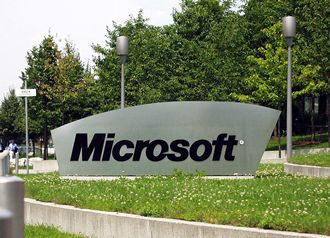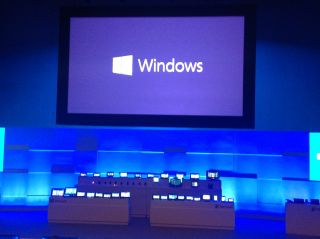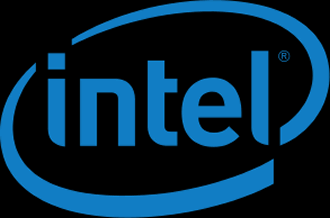 Desperate to provide a better cloud package, Cisco has released a new monitoring tool.
Desperate to provide a better cloud package, Cisco has released a new monitoring tool.
On the face of it Cloud Consumption as a Service, which monitors how employees use third-party software is a bit of a yawn, however it could make Cisco a little more useful to its partners who can flog it on the basis that it will solve a lot of complicated regulations around the privacy of data.
It helps companies manage software employees might download and use independently, for example email programs like Google’s Gmail or file-storage services like Dropbox.
While the services, which IT professionals dub “shadow IT,” provide convenience for employees, they can create headaches if they expose vulnerability to malware attacks, eat up bandwidth, or fail to comply with laws.
Shadow IT is creating a growing corporate challenge. Most companies with over 5,000 employees estimate around 90 such services are deployed around their computer infrastructure, but the actual number is typically over 1,200, according to Cisco executive Bob Dimicco.
Of those, more than 40 fall in the high-risk category.
Cisco plans to bill monthly at a cost of $1-$2 per employee, will help Cisco expand its offerings in the fast-growing business area of cloud services.
Cisco has been trying to beef up its offerings catering to the increasingly Internet-based technology culture at many companies. It has introduced products like Cisco Meraki, which controls routing and security over the Internet, and Cisco WebEx, which offers Internet-based video conferencing and similar products.
Many companies, including Cloudability, Netskope and Skyhigh, offer services similar to Cisco’s cloud consumption service, but Cisco says its product goes beyond the others because it offers more details on usage and about each individual third-party app provider, such as if it complies with relevant regulations.



















